As mentioned in my previous Louvre post, you could spend decades in the gallery and not see everything. It’s not the type of place that you can visit in one day and we were completely overwhelmed after only a few hours.
Most of our time was spent exploring the Baroque and Rococo sections. After, we went in search of The Lacemaker by Vermeer and the Statue of St. Mary Magdalene by Gregor Erhart.
The Louvre palace itself has a long history. First, it was a fortress built by Philippe Auguste in 1190 as part of a rampart around Paris designed to protect the city from Anglo-Normans. However, by the 14th century, Paris had grown so far and wide that the fortress was completely absorbed into the middle of the city and thus lost both its defensive position and purpose.
In 1364, Charles V paid Raymond du Temple to transform the fortress into a royal residence. Over the next 500-years, the residence found itself transformed, shifted, reconstructed, abandoned, and resurrected. And, during these centuries, various painters were commissioned to paint ceilings (like Charles Le Brun), sculpt statues (like Bernini), and decorate the newly constructed wings/galleries of the palace; some of these were commissioned and then later abandoned.
There is one thing I feel that I need to point out (because it gets mentioned in just about every post that I write that has medieval history). Unlike the rest of Europe, the Calvinist iconoclasm that swept the continent and destroyed corner angels, icons, and most art from this era, skipped the Louvre because French rulers during this period were anti-Protestant. In fact, the Louvre was the location of the St. Bartholomew’s Day massacre, during which French Catholics gathered up and killed Huguenots (French Protestants) openly in front of the palace.
In the 17th century, monarchs abandoned the Louvre as their primary residence in favour of Versailles and the building became the home for various academic and artistic academies, including the Académie Royale de Peinture et de Sculpture in 1692. Their first exhibition in 1699 was immensely popular and after that, the academy proceeded to draw large art-loving crowds during their 100-year tenure.
In 1791, during the French Revolution, the revolutionary Assemblée Nationale determined that the Louvre would be the place to display works of art and science and was given the name the Museum Central des Arts. With a new name, it opened its doors on August 10, 1793, and displayed works taken from the French royal family and aristocrats who were either killed or fled abroad during the revolution. Later, art came from a variety of sources; most notably, from Napoleonic raids and through treaties made between France and other countries. Many of these stolen works were later returned to their country of origin but some still remain in the Louvre.
In 1882, the royal/ruling family abandoned the palace for the last time (after protesters set fire to the Tuileries Palace) and all remaining buildings were completely transformed into galleries and dedicated to art.
Between 1983-1989, the pyramid that is often associated with the Louvre was designed by I. M. Pei and built.

As mentioned above, we were overwhelmed by how much is in the Louvre; so, I am only going to focus on three works of art in my next post, which I am going to call the three ladies. If you want more, check out the BBC Treasures of the Louvre, a 90-minute documentary on the history of the Louvre intertwined with the art within.
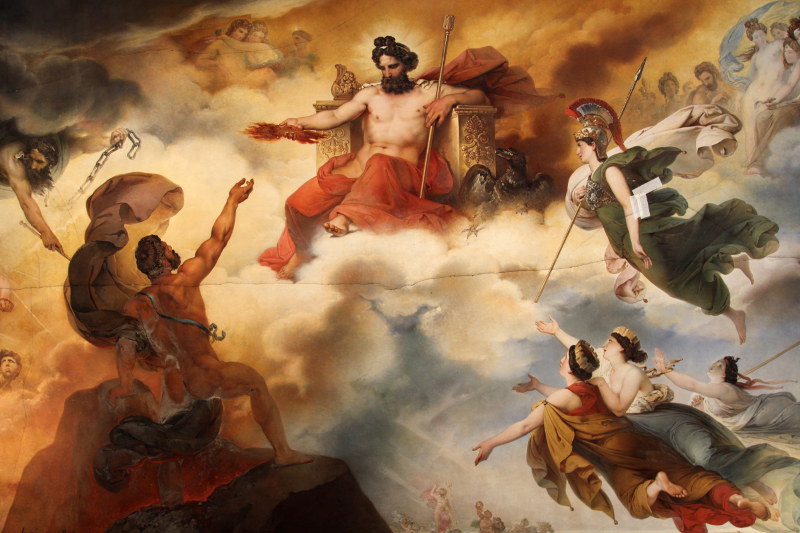
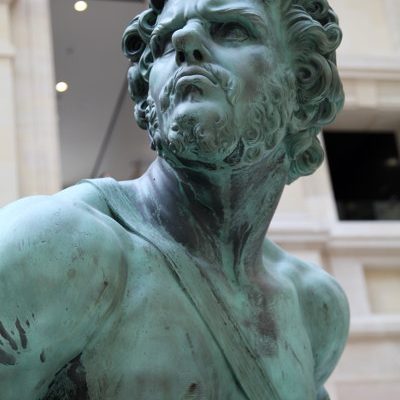
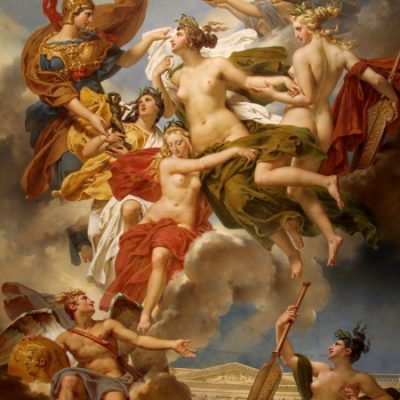
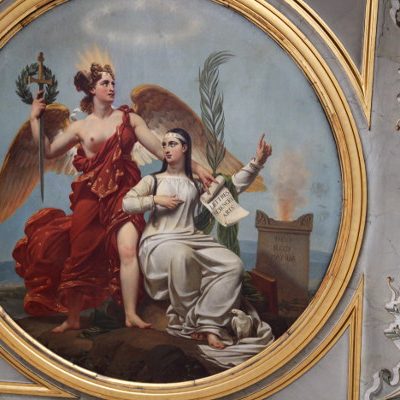
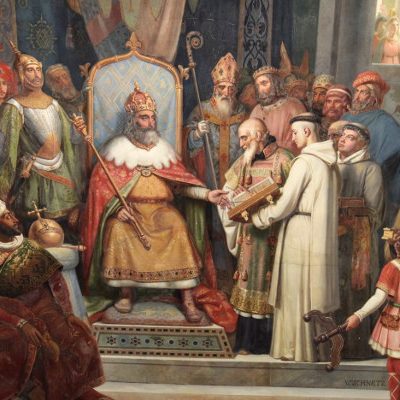
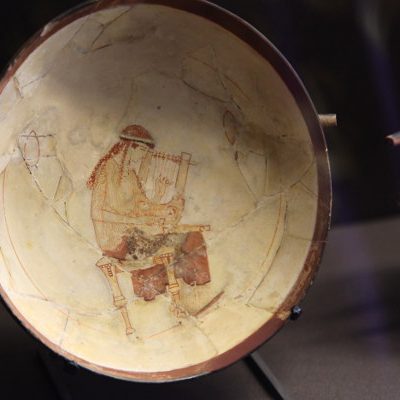
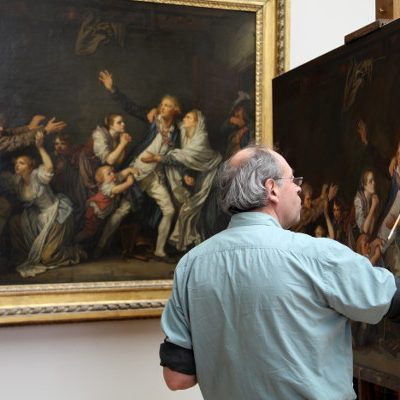
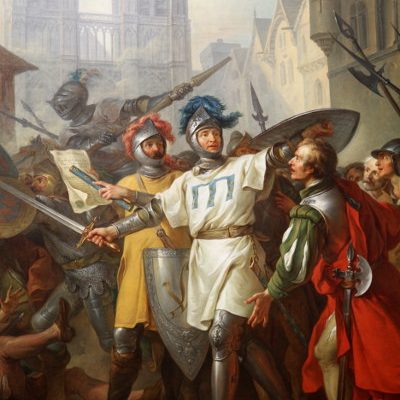
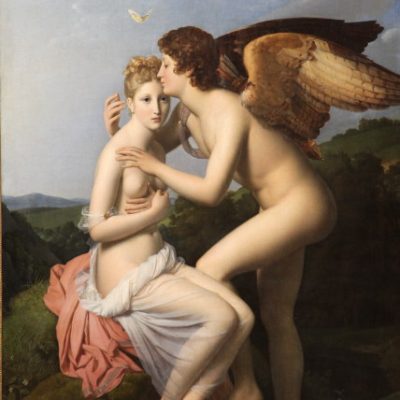
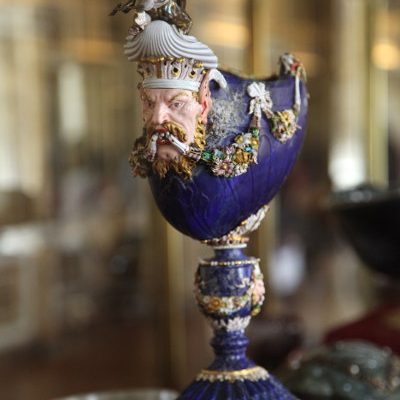
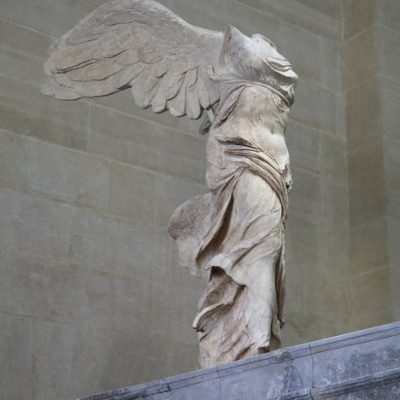

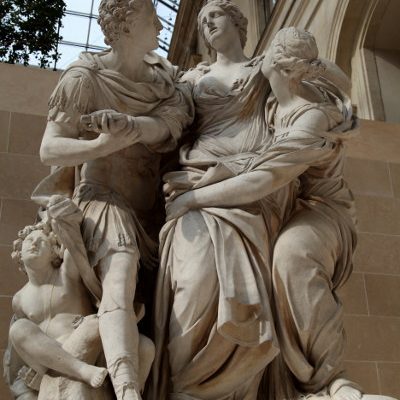
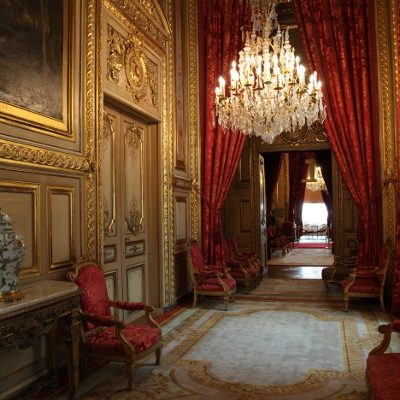
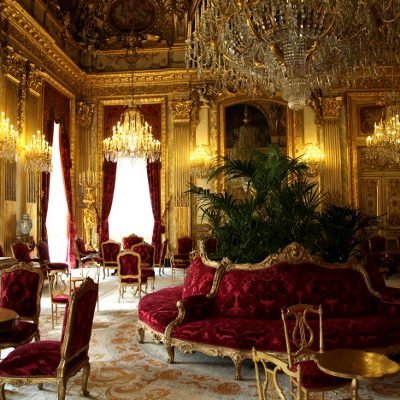
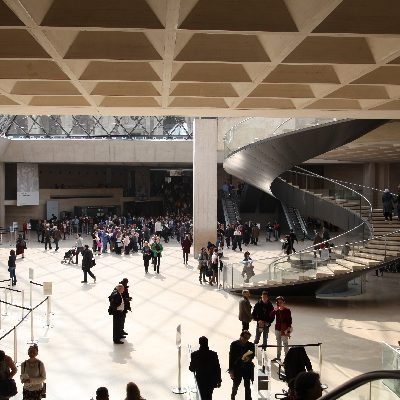
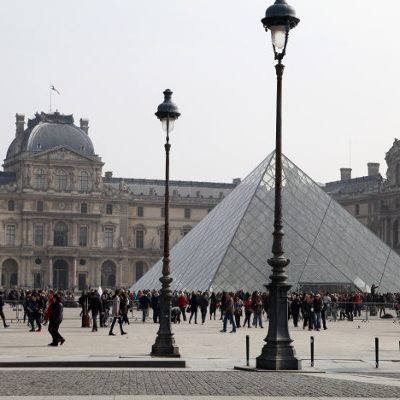
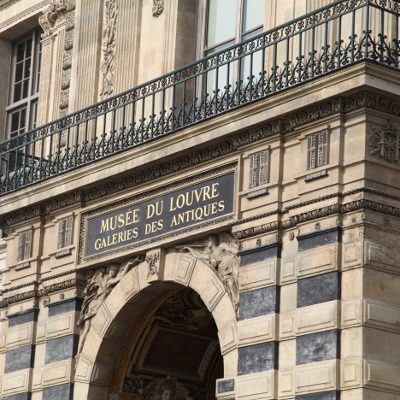
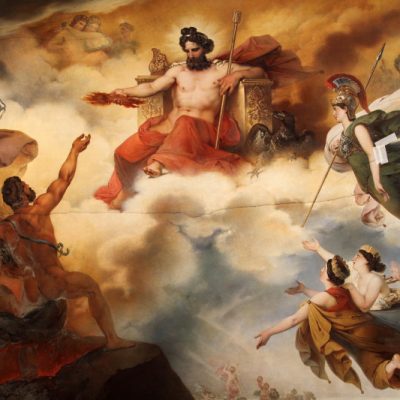
0 comments on “The Louvre: Big, Brooding, and Vast”Add yours →